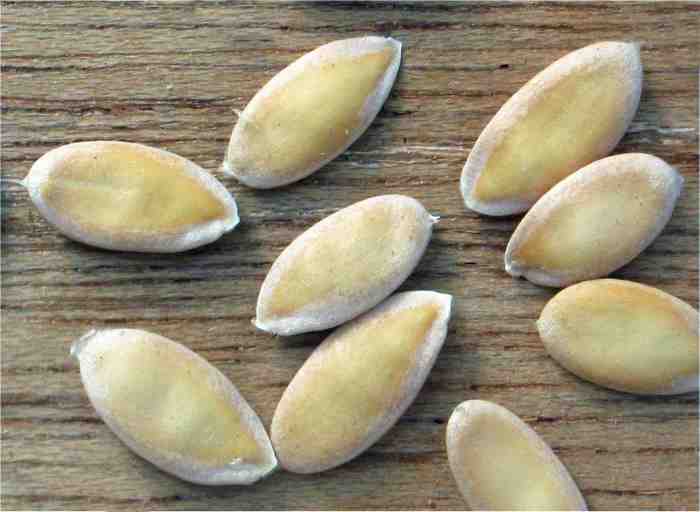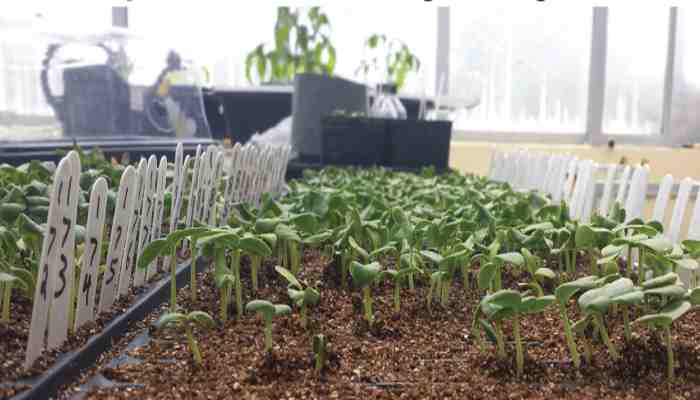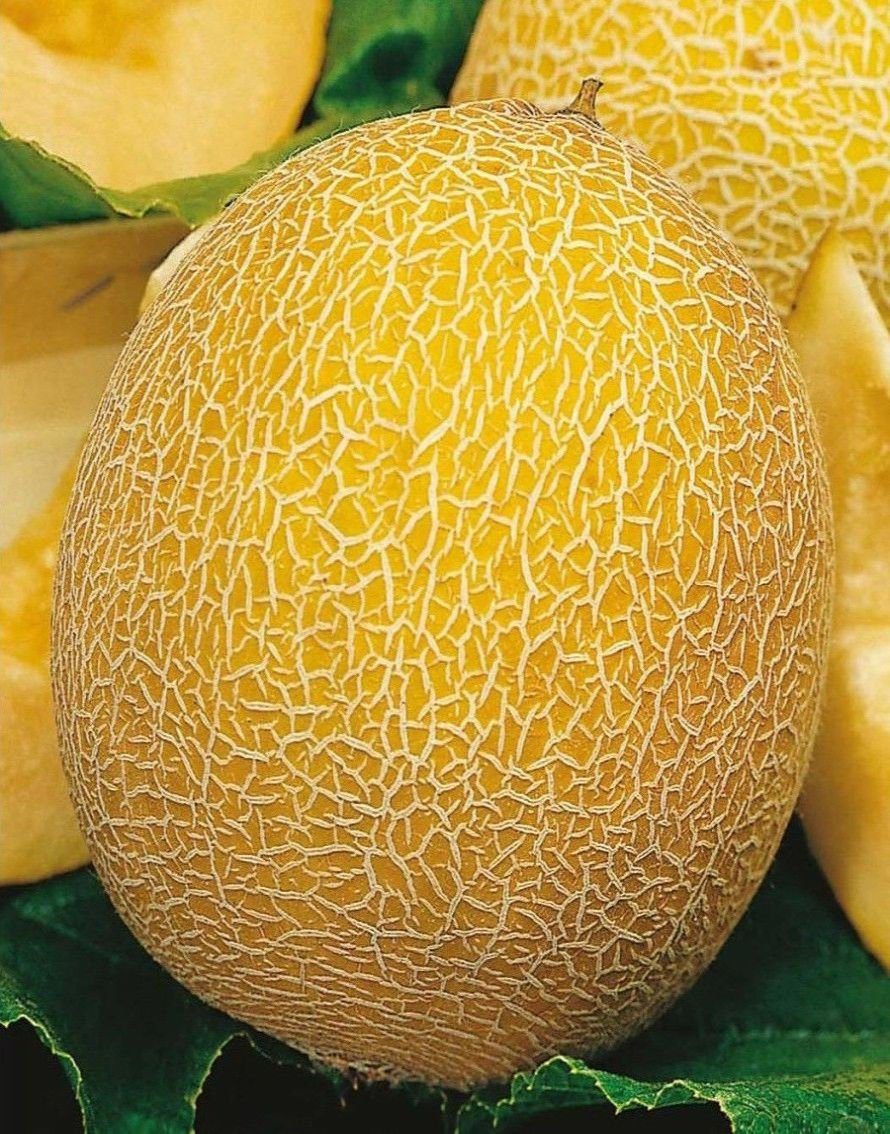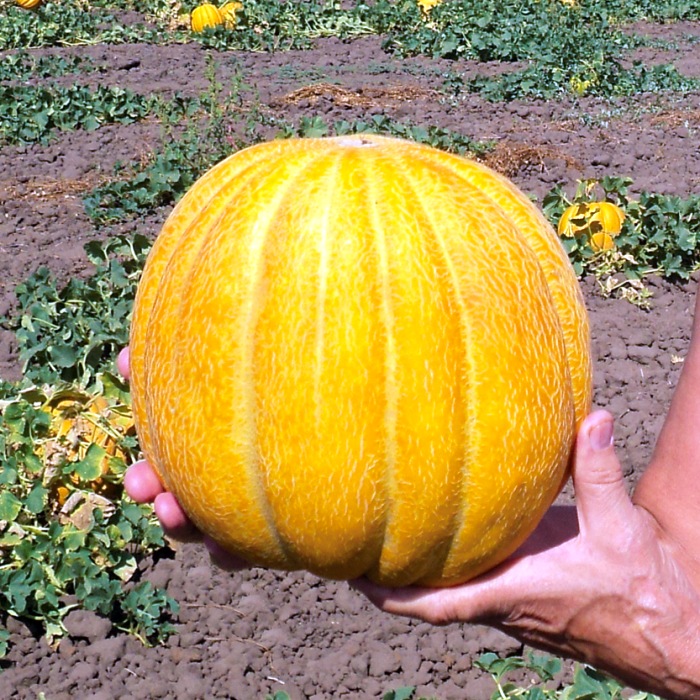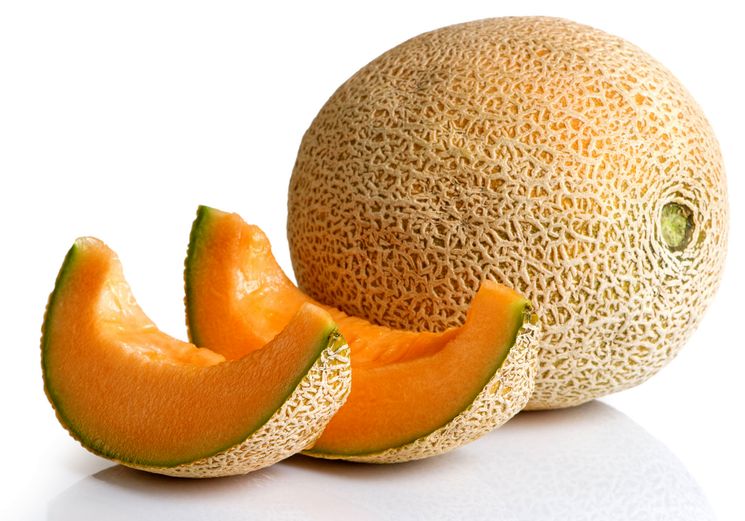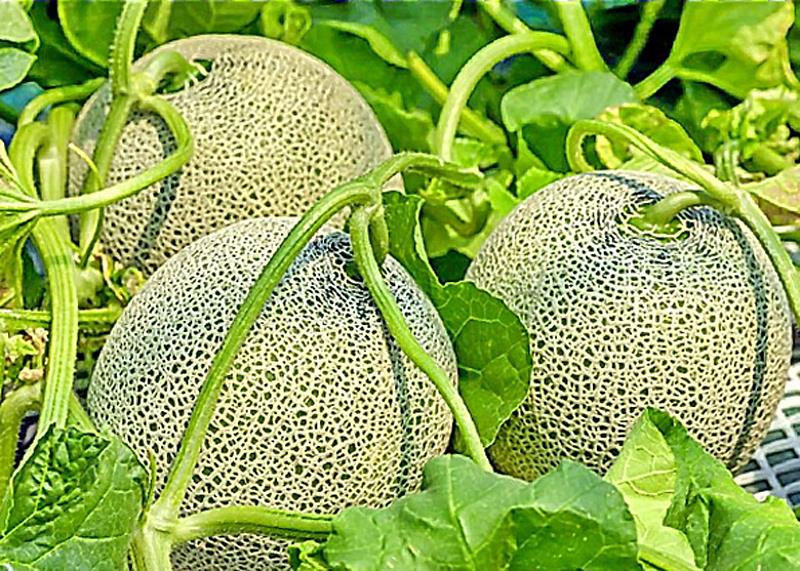Content:
Melon is a world-renowned fruit and melon crop native to Asian countries, belonging to the Pumpkin family. Her closest relative is a cucumber. Vietnamese melon is one of the varieties of common melon, recently appeared on the Russian market, and before that little known outside of Asia Minor and Central Asia.
Its fruits are deep orange in color with yellowish longitudinal stripes have an average size, an oblong-rounded shape and a weight of up to 200 g. conditions of central Russia.
Features of the variety
There are two of the most popular varieties of Vietnamese melon in total:
- Yan Jun.
- A gift from Ho Chi Minh's grandfather.
Yan Jun
A mid-season variety with a high yield.
The time from germination to flowering is 45-65 days (depending on how well the plant is illuminated and warmed). The scourge of the plant is large in size (grow to 300-350 cm in length), as well as powerful sinewy leaves. The mass of fruits, as a rule, does not exceed 200 g, but melons weighing 400-500 g are not so rare. The pulp has a rich nutmeg aroma.
Melon Gift from Grandpa Ho Chi Minh
This variety of Vietnamese melon is already a precocious one. Quite often, gardeners use the Ho Chi Minh melon for decorative purposes, decorating its fences.
One fruit weighs from 150 to 250 g. The pulp inside is creamy, buttery, with a sweet aroma of tiger melon. Productivity - 20-30 fruits per season.
It is suitable both for planting in a greenhouse and for growing in the open field.
Cultivation of Vietnamese melon in the garden
In the fall, you need to choose a place for breeding future melons, so that there is time to fertilize the soil before winter. Humus, manure, compost and peat are used as fertilizers. It is necessary to take three-year-old seeds, so many male flowers grow from one-year and two-year-olds, due to which they are extremely low fertile. In contrast, three-year-old seeds with a large number of female flowers produce a lot of melons.
Immediately after purchase, you need to place the seeds of the Vietnamese milk melon for 1-3 days in some cool place. It is best to soak them in warm water overnight before planting. So they will germinate faster.
Melon, which already has at least 4 true leaves, is planted in a greenhouse (50 cm apart) or in open ground (70 cm). Each hole for planting is filled with a glass of potassium permanganate - this will prevent the appearance and spread of the fungus.
Melon does not tolerate excessive moisture very well, but enjoys a lot of light.
Care
Top dressing. It is imperative to find the right top dressing so as not to harm the plant.Two weeks after planting, it is necessary to fertilize the plant with nitrogen, mullein and saltpeter contain it. Another feeding is needed after the formation of ovaries in the plant. Then you need to feed the plant once every two weeks (but not more often) until the fruits ripen
Watering. During the period when the fruits are just ripening, it is necessary to regularly water the plant with warm water at the very root. It is better to stop watering 20 days before ripening - the fruits of the melon will be more aromatic and pleasant to the taste.
Loosening the soil. It is necessary regularly, as the soil in which the melon grows is compacted.
Pinning. If about 5 ovaries have already formed on one stem, it does not hurt to remove their tops in order to increase the plant's fertility.
Benefits of the variety
Since the climatic conditions in central and northern Russia are not the most comfortable, it is not so easy to choose a melon variety suitable for growing. Early-ripening varieties suffer from changes in air temperature, late-ripening from frost, and therefore their growth slows down and two-kilogram fruits often simply do not have time to ripen. The only way out is to grow melon in hotbeds or heated greenhouses, which is often quite unprofitable and costly.
But the Vietnamese milk melon, unlike most other varieties, feels at ease in this climate, since its fruits are relatively small in size.
This makes cultivation less laborious, because during the time during which ordinary varieties produce only one fruit, Vietnamese produces about ten mini-melons. In addition, the fruits of this variety are highly resistant to many diseases. So, from the description it is obvious that this variety has much more advantages than disadvantages.

